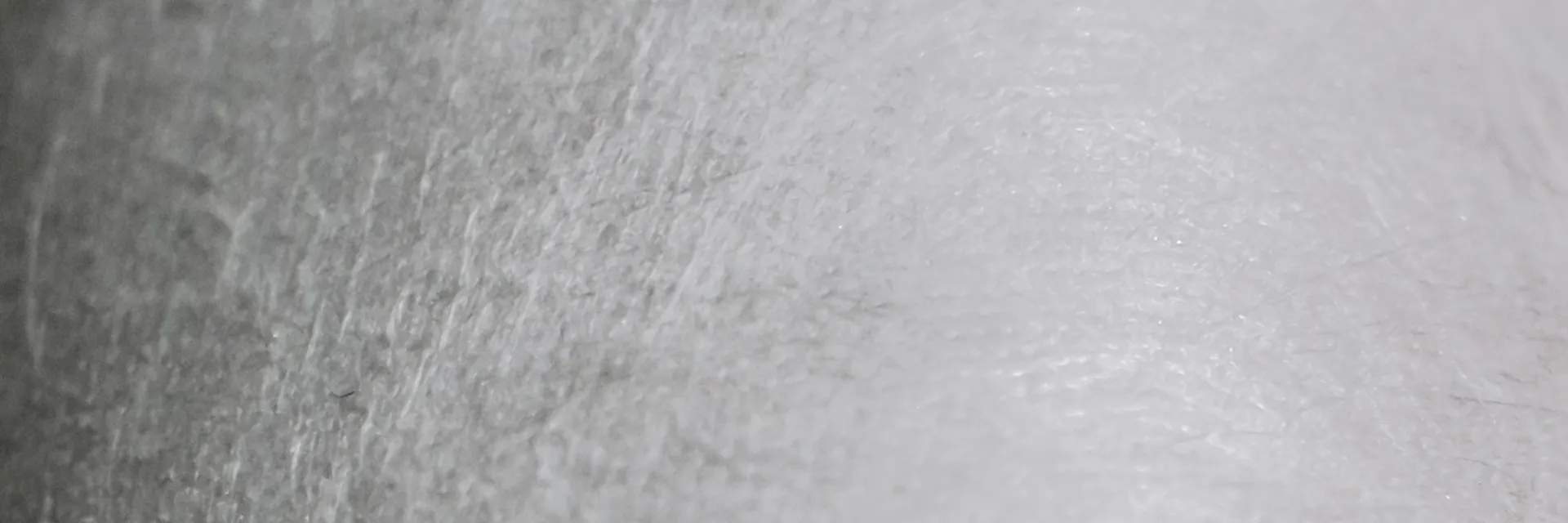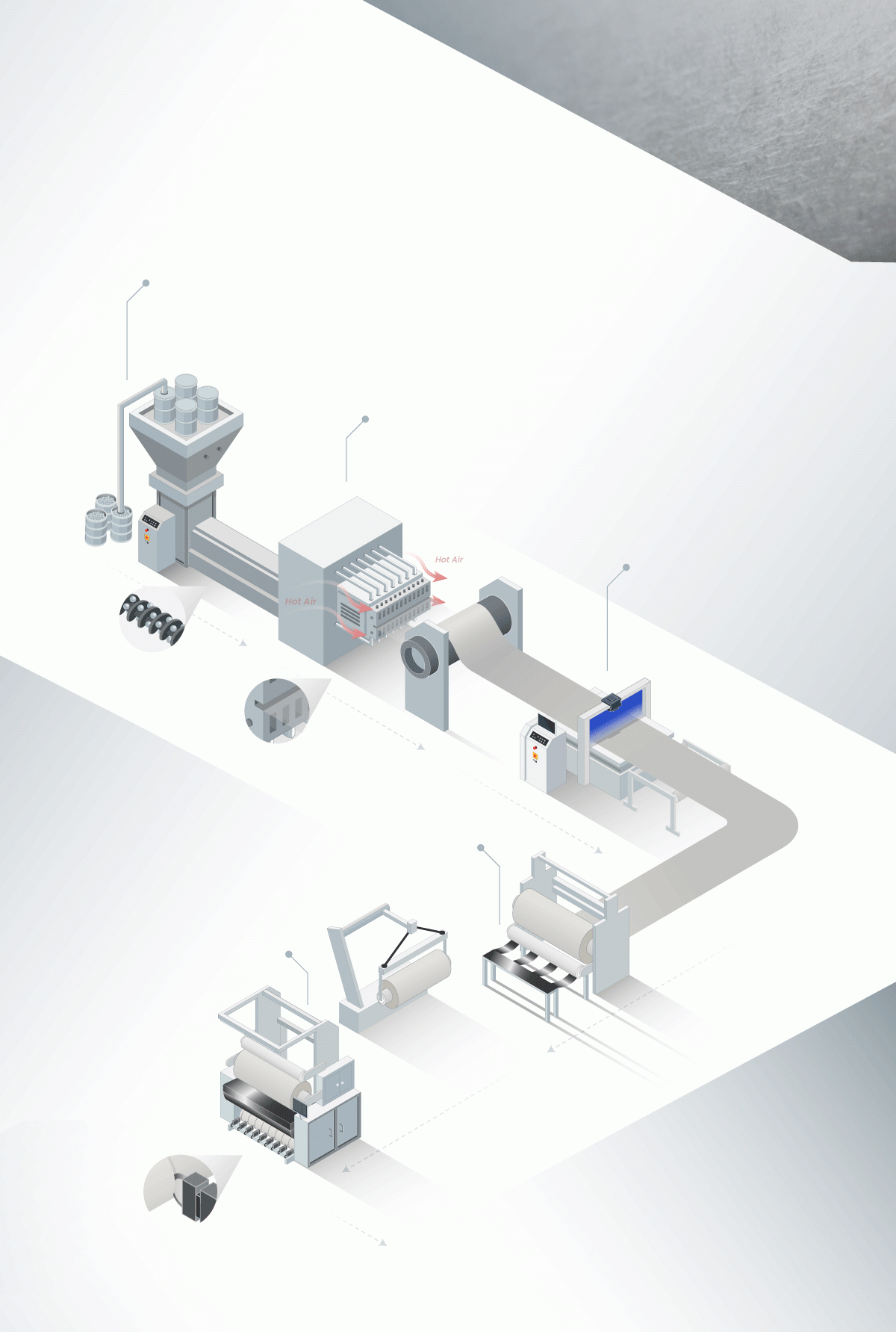Based on the personal data protection law enacted by the European Union, we are committed to protecting your personal data and providing you with control over your personal information. By clicking "Accept All," you agree to allow us to place cookies to enhance your experience on this website, help us analyze site performance and usage, and enable us to deliver relevant marketing content. You can manage your cookie settings below. By clicking "Confirm," you agree to adopt the current settings.


HOME CARE-Air Filter Materials

Medical-Flat Face Masks

Medical-3D Face Masks

Medical-Fish-Type Face Masks
Meltblown
KNH’s meltblown nonwoven fabrics are renowned for their excellent breathability and high filtration efficiency. This product primarily uses polypropylene as a raw material, with ester grains that are heated, pressurized, and extruded into filaments. These filaments are then stacked on a mesh platform using strong winds, ultimately creating uniform and delicate high-quality meltblown nonwoven fabrics. The fiber diameter of meltblown nonwoven fabrics can range from 1 to 5 microns. This unique microstructure increases the quantity and surface area of ultra-fine fibers per unit, thus enhancing the filtration effect. By incorporating KNH’s exclusive electrostatic polarization technology, KNH’s meltblown nonwoven fabrics effectively filter harmful substances such as viruses, bacteria, dust, and droplets in the air. During the Covid-19 pandemic, KNH’s meltblown nonwoven fabrics were extensively used to manufacture high-quality medical masks, providing effective protection for people in their daily lives. Furthermore, KNH’s meltblown nonwoven fabrics can be used in air filtration materials, clothing insulation materials, and other consumer products. With its exclusive electrostatic polarization technology, meltblown nonwoven fabrics offer outstanding filtration, insulation, and oil absorption properties, making them an ideal solution for various applications.
Process

